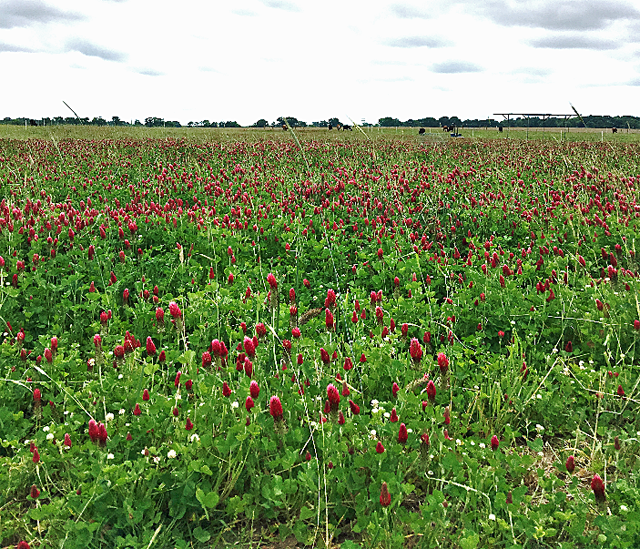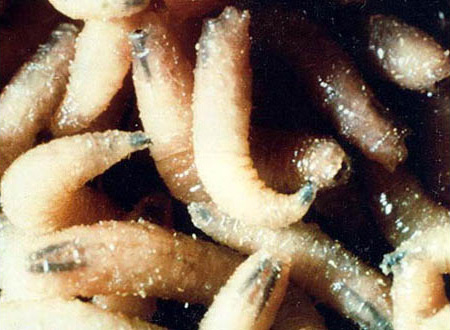
by Doug Mayo | Jan 13, 2017
Source: USDA Animal and Plant Health Inspection Service 01/09/2017 The United States Department of Agriculture’s (USDA) Animal and Plant Health Inspection Service (APHIS) confirmed the presence of New World screwworm (Cochliomyia hominivorax) in a stray dog near...
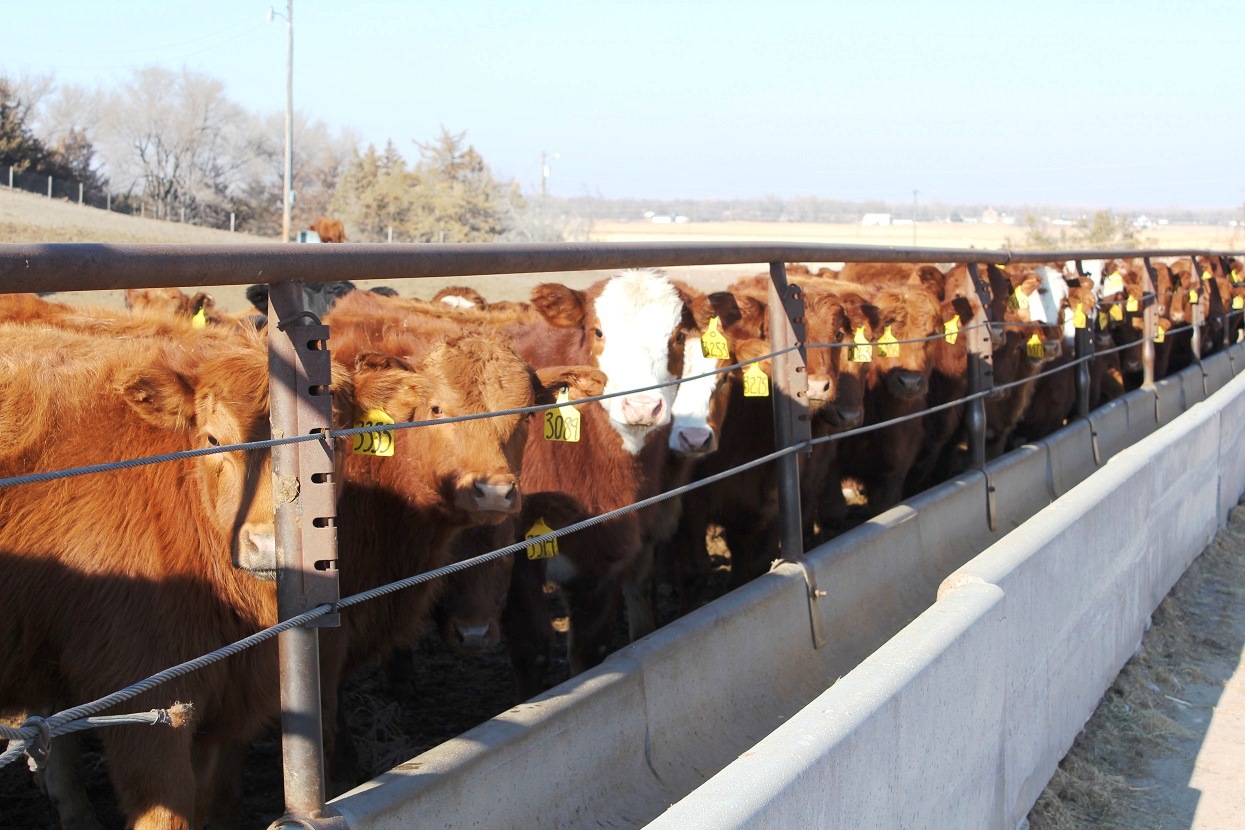
by Doug Mayo | Dec 16, 2016
Source: FDA CVM Animal Feed Safety System Team As of January 1, 2017, animal producers will not be able to purchase feeds over the counter that contain antimicrobials deemed important for human health. Instead, to buy and use feeds containing those antimicrobials,...
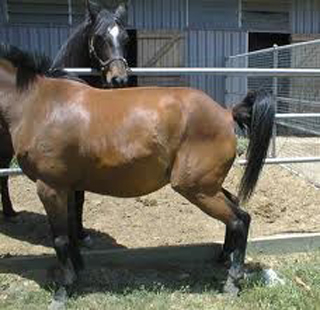
by Saundra TenBroeck | Dec 2, 2016
Horses are seasonal breeders When day length is getting shorter, mares begin to grow winter hair coats, their estrous cycles become erratic, then they stop ovulating for a period of time that is called anestrous. After December 21st (winter solstice) the days begin...
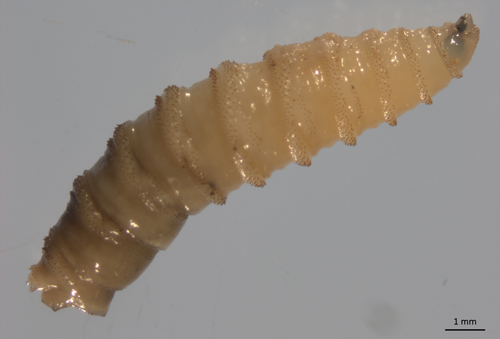
by Doug Mayo | Oct 7, 2016
Screwworms were eradicated from the Southeast back in 1959. This week USDA’s Animal Plant Health Inspection Service (APHIS) confirmed the presence of New World Screwworms Cochliomyia hominivorax in three deer in the Florida Keys. At this point, APHIS believes...
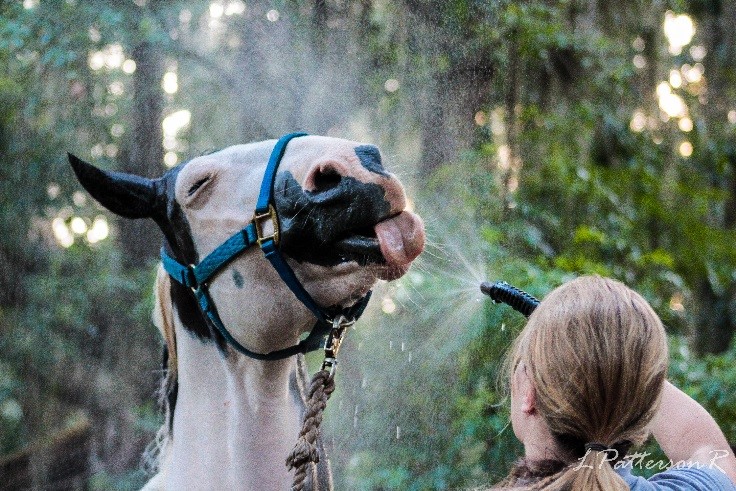
by Saundra TenBroeck | Jul 15, 2016
Horses Should Sweat Like a Horse Unlike cows, pigs and dogs which primarily use respiration to dissipate heat, the primary way horses, and of course humans, stay cool in hot weather is through evaporation of sweat. In environments with high humidity, sweat does not...





